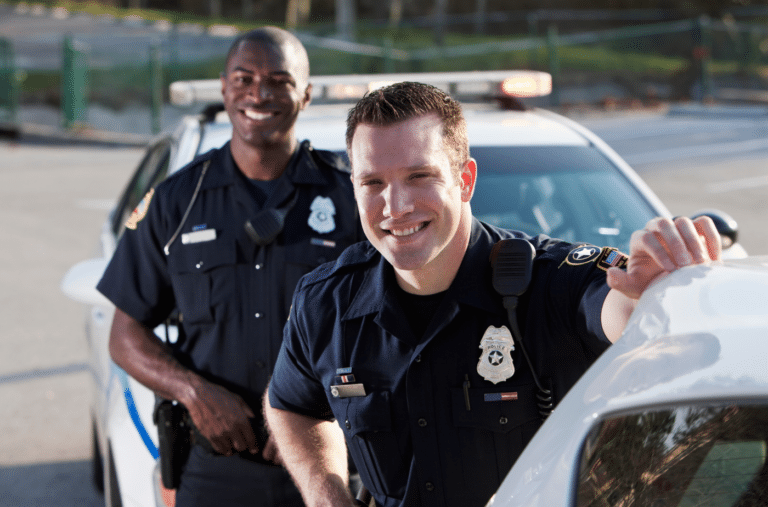As much as we’d love it if rest and relaxation was the key to lowering recidivism rates, there’s another RNR at work here: the risk-needs-responsivity principle.
Knowing more about that kind of RNR can help us all be more effective at our jobs and promote better outcomes for our clients and communities. So let’s dig in.
RNR is a body of evidence-based principles that comes from decades of scientific research. Studies show that universal or non-specific interventions not only fail to improve outcomes for offenders, they can actually make outcomes worse by forcing people to focus on the wrong things or unnecessarily exposing them to antisocial peers or values.
By contrast, RNR helps justice practitioners individualize treatment in an evidence-based way to improve outcomes.
Risk: Who should be treated?
Risk is a measure of likelihood, not severity. That is to say, risk assessments are measuring how likely it is that a person will be arrested or convicted of a new crime, not how dangerous the person is or how big a threat they pose to others or to society.
Administering a risk assessment will help you determine who in your population would benefit from specific treatments or interventions. Those who are deemed high-risk are the people who are unlikely to discontinue criminal behavior unless they receive intensive services, and those who are low-risk are more likely to stop on their own.
This is where many supervision agencies get tripped up. Decision-makers who are unfamiliar with RNR may assume that high-risk individuals are beyond hope and focus resources on low-risk individuals, which is the exact opposite of what should be happening. We recommend using an assessment tool that includes suggestions and decision support to help everyone on the team interpret the results accurately and make decisions that are in your clients’ best interests.
In addition, if measuring severity/dangerousness is your goal, most risk assessments include that information as well. For example, on the COMPAS Risk/Needs Assessment, you can include the Risk of Violence scale (group of questions) to measure a person’s likelihood of committing an act of violence.
Needs: What should be treated?
Criminogenic needs are factors in a person’s life that are considered causes of criminal behavior. A few are static, such as arrest record or age at which delinquency began, but most are dynamic and can be changed with the right intervention.
Using a validated needs assessment tool, you can determine which needs have a stronger presence and require the most substantial or most immediate intervention. Frequently, people who are under supervision have multiple, intersecting needs, and treatment plans should account for both the causes and effects of criminal behavior.
That’s where responsivity comes in.
Responsivity: How should we treat?
It’s not enough to understand a person’s risk of recidivism and the needs driving it. We have a responsibility to do something with this information to lower the risk by appropriately addressing the person’s needs.
Responsive treatment means:
- Providing the services a person needs. Risk/needs assessment tools will help match clients to the treatments and interventions that will directly address their most prevalent needs.
- Providing ONLY the services a person needs. Focusing a treatment plan to exclude generic or unneeded services will help eliminate distractions that can potentially undermine progress.
- Providing needed services in the right order. It’s important to be thoughtful about the way services are provided. If a person is going through addiction withdrawal, for example, then cognitive behavioral counseling to address antisocial attitudes is unlikely to affect change.
Getting Results
Most agencies are using RNR in one way or another, but many are missing key elements or have a less rigorous approach than they should. If you’re looking for ways to boost your evidence-based practice with RNR, we can help.
We not only have the software tools to help your team lead with RNR, we also have decades of experience working side-by-side with agencies across the country to help them improve outcomes. Let’s work together to implement evidence-based RNR for your clients and reduce recidivism in your community.






